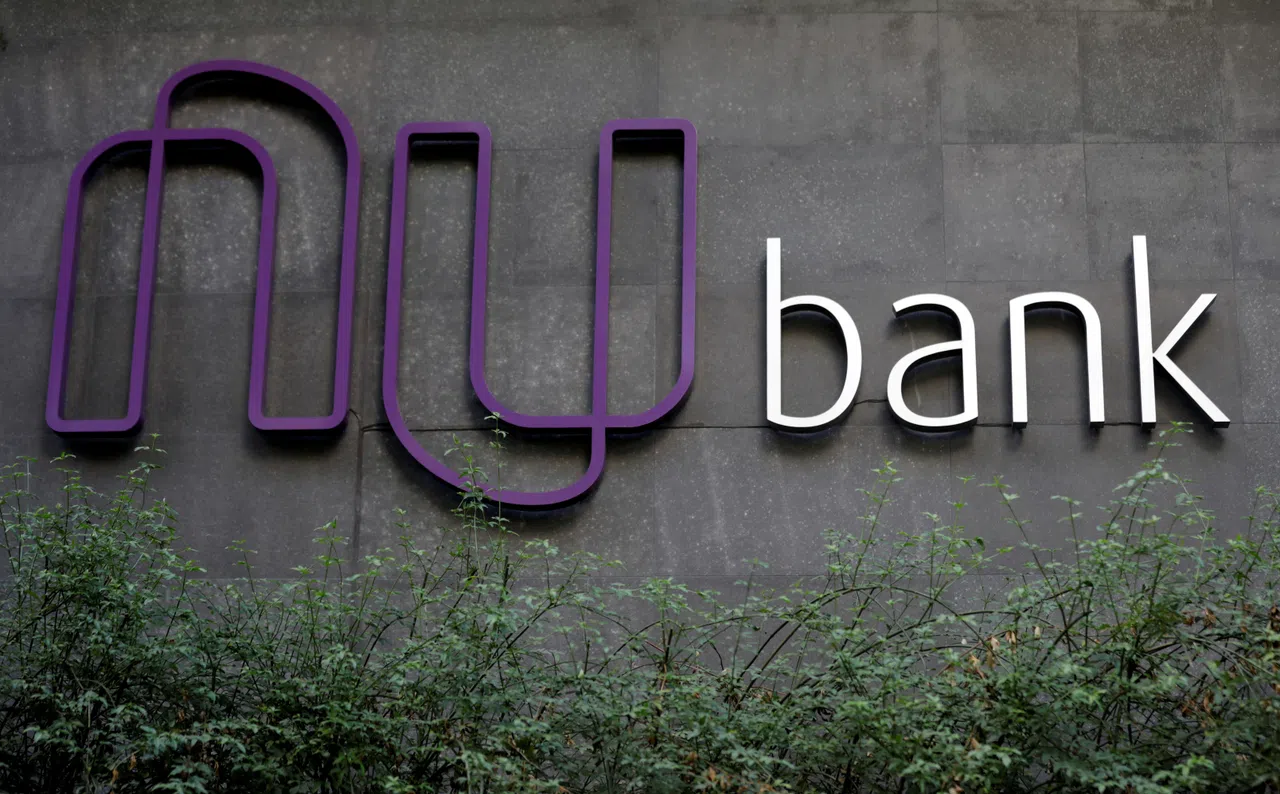IN JUST a little over a decade, Nu Holdings has gone from an obscure fintech startup in Sao Paulo to the most valuable bank in all of Latin America. It’s been a dizzying ascent, powered by a business model that Brazil’s uber-conservative banking titans never had much of a stomach for: lending to low-income families.
Growth keeps coming at a breakneck pace – some 60 per cent of all Brazilian adults now have Nubank’s app on their phone – and investors keep frantically bidding the stock higher. It’s up 36 per cent over the past month, 109 per cent over the past year and 214 per cent in the past two years.
To a growing band of skeptics in Sao Paulo and New York, this makes little sense. As they see it, Nubank’s go-go approach is troubling and its stock overvalued. The bank’s executives have pledged, they note, to keep cranking up the pace of loan growth – it grew around 28 per cent year on year– even as its portfolio of troubled loans swells to levels above industry norms.
“The discussion on credit quality made us decide to follow this from a little further away,” said Fernando Fontoura, a portfolio manager at Persevera Asset Management in Sao Paulo. In June, Persevera sold all of the Nubank shares it held as the position became “crowded”, he said.
JPMorgan Chase and UBS both cut their recommendations on the bank to neutral in July, citing worsening asset quality. That brings the number of neutral ratings on the stock to eight, according to data compiled by Bloomberg. Twelve analysts rate the stock a “buy” and two have “sell” recommendations. Nubank’s trading at US$14.25, slightly above the 12-month consensus target price from analysts of US$14.14.
Yuri Fernandes at JPMorgan said on Jul 21 that the trend in Nubank’s late payments had started to rise “meaningfully” faster than the industry as a whole in November of last year.
BT in your inbox
Start and end each day with the latest news stories and analyses delivered straight to your inbox.
“We see asset quality becoming increasingly harder to understand,” XP analysts including Bernardo Guttman wrote in a report last month. “We anticipate investors becoming more uncertain” on the issue, they added.
Bad loans
Nubank, which operates through a phone app and has no physical branch offices, reported on Aug 13 that non-performing loans of 90 days or more hit a record 7 per cent in the second quarter, at the same time that it cut provisions for bad debts to US$760 million from US$831 million three months before. Analysts had forecast an increase to US$898 million.
Late payments for 90 days or more are now significantly above the 5.5 per cent average for the banking industry in July calculated by Brazil’s central bank. While the bank doesn’t disclose non-performing loan or credit data by country – Nubank has expanded to Mexico and Colombia in recent years, where it’s best known as Nu – some 90 per cent of its clients are in Brazil.
In a written response to questions, Nubank said its strategy has resulted in increased revenue and greater resilience, “more than offsetting the higher delinquency rates that come with it”.
“When we identify an asset class or customer segment with compelling risk-adjusted returns that also encourages responsible customer behaviour, we actively pursue growth in these areas,” the bank added.
Fast growth
For now, the rising default rate is just a cloud on the horizon – the bank’s shorter time provisions, between 15 and 90 days, which Nubank says are more correlated to credit provisioning under International Financial Reporting Standards rules, improved in the quarter.
Plus, the interest rates of up to 100 per cent that banks are entitled to charge on consumer loans easily compensates for the late payments.
Nubank’s loan portfolio leaped 28 per cent year on year to end the second quarter at almost US$19 billion, while net income more than doubled to US$487 million from the year earlier, surpassing analyst expectations of US$418 million.
Persevera’s Fontoura said that Nubank has been nimble in adapting its credit underwriting, while processes in more established banks had become “ossified”.
Long-term view
The company’s executives have defended the breakneck rate of lending growth, with chief operating officer Youssef Lahrech telling analysts in an earnings call that the bank prioritises long-term strategies over “short-term non-performing loan metrics”.
While worry over the sustainability of Nubank’s growth has increased, its funding and lower expenses enable it to outperform competitors in the low-income credit sector, said Pedro Leduc, an analyst at Itau. Itau reiterated its “outperform” recommendation on the stock on Aug 29.
Concerns around the bank’s numbers are not a consensus in Wall Street, the bank’s press office said, pointing to comments from banks including Morgan Stanley and Goldman Sachs, which said higher non-performing loans were a result of a “riskier loan mix, more than actual deterioration”.
But market nerves over default levels had surfaced even before the second-quarter earnings report, with central bank data released on Aug 1 showing the credit quality of the bank’s loan portfolio had worsened in May. Four days later, Nubank announced that it had replaced its global head of credit risk, Ravi Prakash.
All that meant credit quality was the focus of the Q&A on the call with analysts after the earnings release, FT Partners analysts including Craig Maurer wrote in a note.
Markets were “seeking security in the idea that risk-adjusted returns and the current level of provisioning could withstand a meaningful downturn”, they said.
Analysts expect the central bank to start raising rates again as early as Sep 18 amid concern over the fiscal deficit, damping growth. Higher borrowing costs could spur more defaults, as customers tend to prioritise paying back institutions with which they have long-lasting banking relationships with.
Financial savvy
The recent surge in fintechs means that 29 per cent of Brazilians now have five credit cards or more, according to credit data provider Serasa. Thiago Ramos, a coordinator at Serasa, said most people are seeking ever more lines of credit, illustrating a lack of financial savvy.
If financial education was better, “consumers would know that the path they should be taking is the opposite”, Ramos said.
For now, Nubank is cashing in on that surging demand for credit.
And while the company may be aware of the risks, “that doesn’t mean these concerns can’t get worse”, Fontoura said. BLOOMBERG



